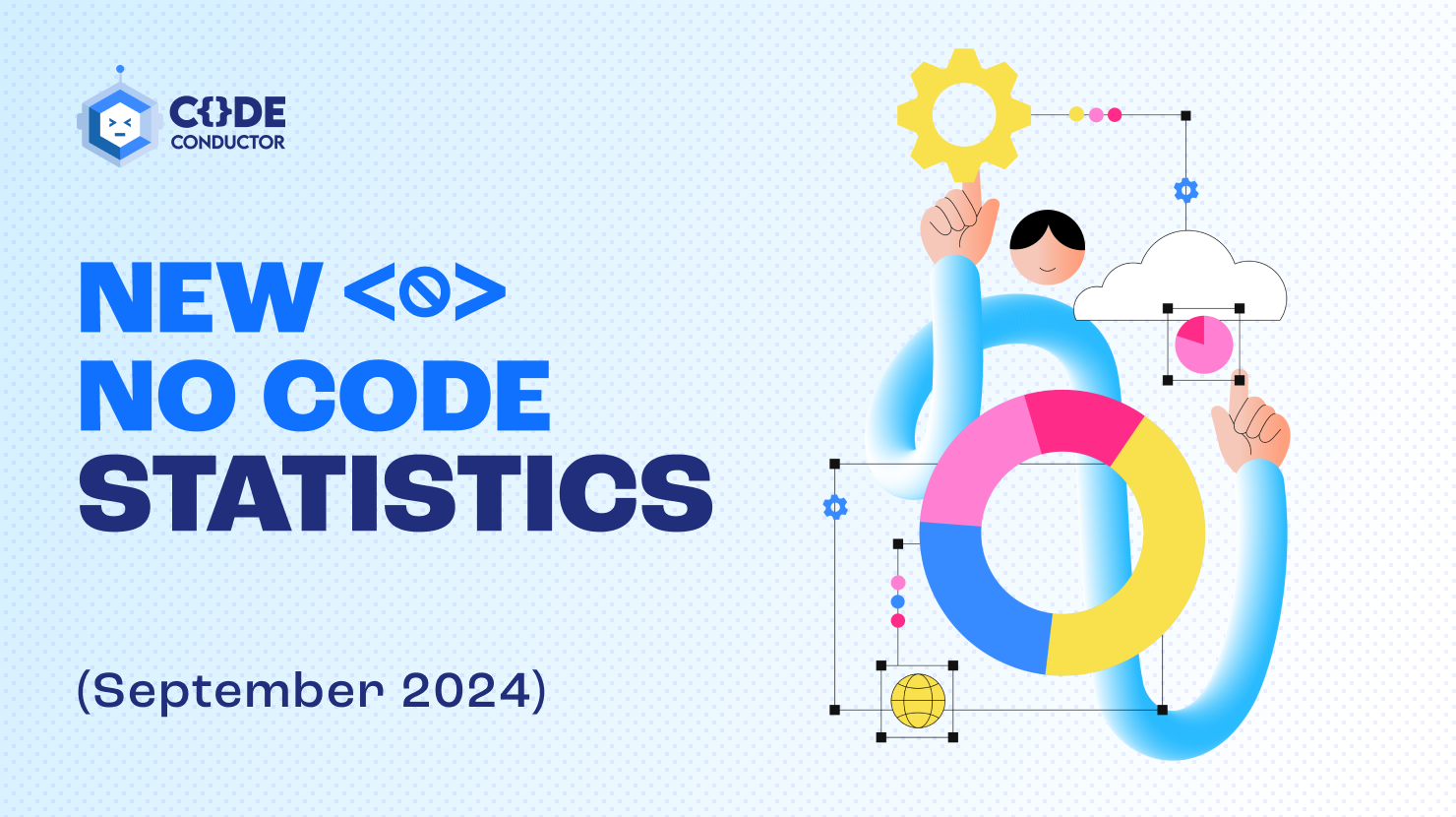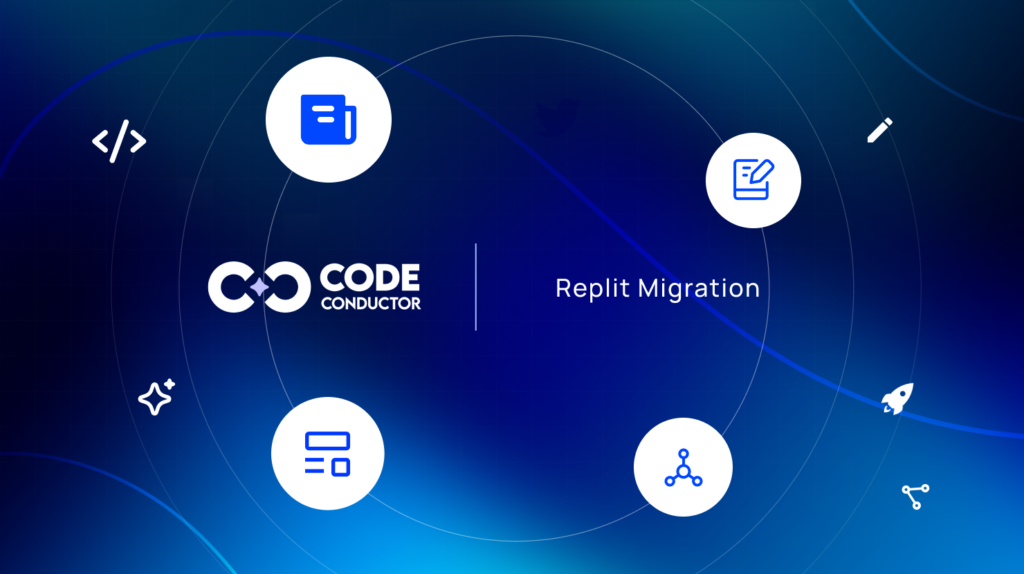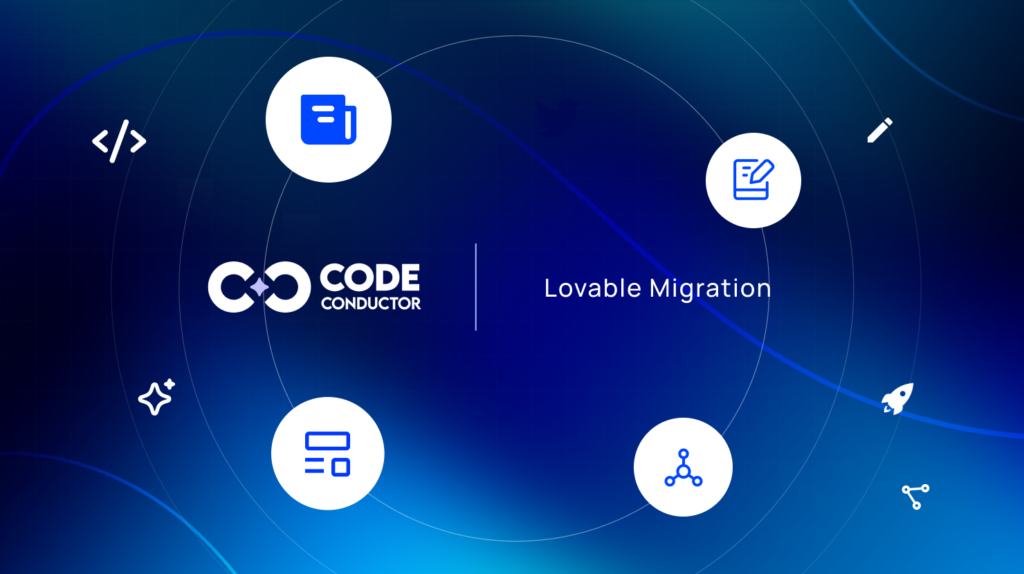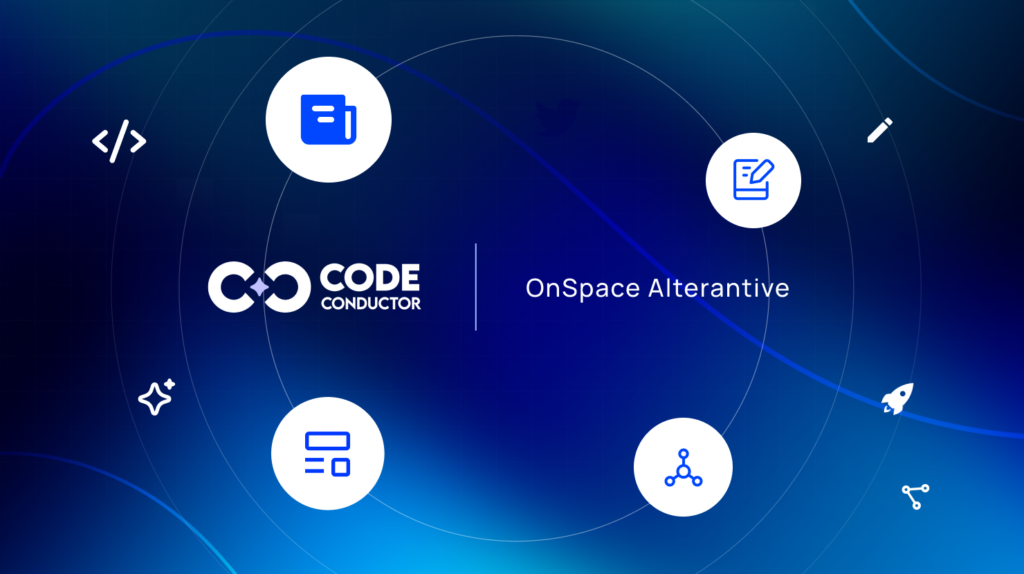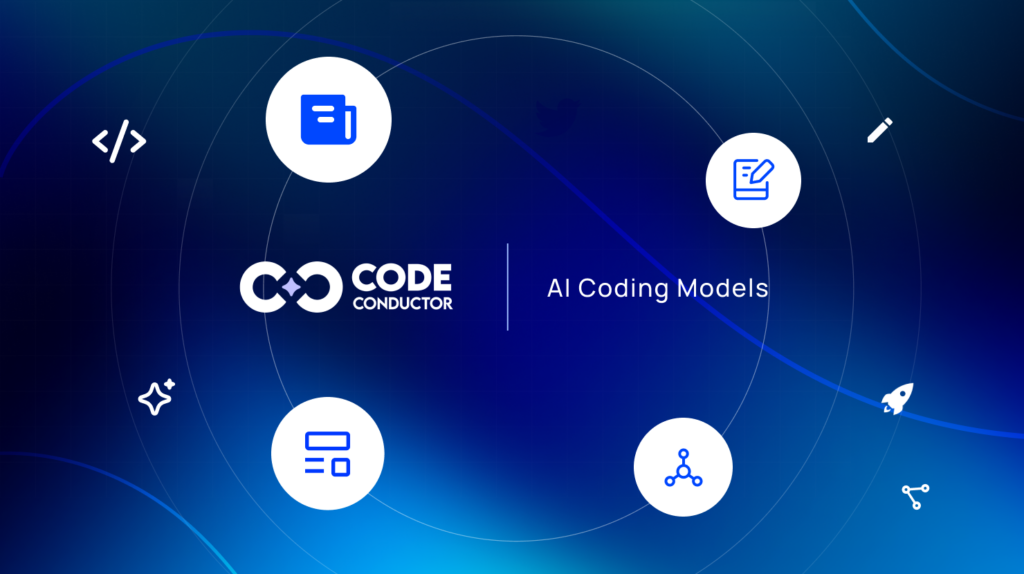If you thought tech was fast before, wait till you see this. It used to take months to build an app, but now it’s just a matter of minutes.
But how far has this trend spread, and what’s driving its rapid growth?
Let’s explore the numbers behind the no-code revolution.
-
Market Growth:
-
The no-code development platform market is projected to reach $84.47 billion by 2027, growing at a CAGR of 28.9% from 2020. (Source: Allied Market Research)
-
Expect a continued significant increase in the number of businesses adopting no-code/low-code solutions, with some estimates suggesting over 65% of enterprises will be using them in some capacity. (Source: Gartner)
-
-
Adoption by Business Size:
-
Small and medium-sized businesses (SMBs) are expected to be the primary drivers of no-code adoption, accounting for over 60% of the market share.
-
-
Skill Gap Impact:
-
No-code platforms are expected to reduce the demand for traditional coding skills by approximately 30-40% in specific areas like web development and application building.
-
-
Citizen Developer Growth:
-
The number of “citizen developers” (business users creating applications without formal coding training) is projected to increase by at least 50% by 2025.
-
-
AI Integration:
-
Over 70% of no-code platforms are expected to integrate AI-powered features (e.g., automated workflows, intelligent data analysis) by 2025.
-
-
Use Cases:
-
The most common use cases for no-code will continue to be:
-
Web application development (e.g., landing pages, internal tools)
-
Mobile application development (prototyping and simple apps)
-
Workflow automation (e.g., automating repetitive tasks)
-
Data visualization and analytics (creating dashboards)
-
-
Expect increased adoption in areas like:
-
eCommerce (building online stores)
-
CRM (customer relationship management)
-
HR (employee onboarding, performance management)
-
-
Important Considerations for No-Code Stats:
-
Rapid Change: The no-code space is very dynamic. New platforms and features are emerging constantly.
-
Data Scarcity: Precise, up-to-the-minute statistics are often difficult to find, especially projections. Many reports require paid subscriptions.
-
Source Reliability: Be critical of sources. Favor reports from established research firms (Gartner, Forrester, IDC), reputable tech publications, and the platforms themselves (but be aware of potential bias).
In This Post
How Businesses Adopt No Code
No-code platforms help reduce app development time by 90%. (Pathfinder)
No-code platforms are speeding things up, cutting app development time by a whopping 90%.
That means faster launches and less waiting around—a game changer, right?
70% of new business applications will use no-code technologies. (Gartner)
By 2025, the no-code tech will power 70% of new business apps.
Companies are ditching traditional coding for faster, easier ways to build software.
80% of Non-IT Pros Will Create IT Solutions by 2024 (Gartner)
By 2024, a staggering 80% of non-IT professionals will be crafting IT products and services, with over 65% turning to no-code tools.
This shift is making tech development accessible to everyone.
84% of Businesses Are Turning to low-code/no-code Solutions (Forrester)
84% of businesses are adopting low-code or no-code tools to fill the technical gap left by the shortage of developers.
These tools make it easy for teams to build and update apps quickly, even if they don’t have coding skills.
No Code Application in Various Industries (List the industries)
The no-code field is growing fast, with startups and giants like Google and Amazon diving in to offer or develop these tools.

Source – The Rapidly Expanding No-Code Landscape | nasscom |
Business Applications
Recently, a bunch of cloud-based platforms have popped up, letting users build apps and automate tasks without any coding skills.
Some of the best ones out there include Quixy, FlowForma, Kintone, Nintex, Zoho Creator, Pipefy, Kissflow, Process.st, Salesforce Lightning, Quick Base, Betty Blocks, Knack, Ninox, Zudy, DronaHQ, Qalcwise, Caspio, TrackVia, Microsoft Power Apps.
Mobile Applications
Some no-code platforms focus on mobile apps, letting people with great ideas but no coding skills bring their apps to life.
Top tools for this include Appypie, Adalo, AppGyver, Glide, Thunkable.
Website Builders
Building a website with coding seemed possible. Now, anyone can create a professional site with tools like Wix and Shopify, taking their business or portfolio online with ease.
Top tools: Wix, Bubble, Squarespace, Shopify, Sheet2Site, Webflow, Carrd, Weebly.
AI Software Development
- According to the Salesforce report, 78% of organizations currently use or plan to use AI as part of their workflow automation initiatives.
- About 69.2% of the industry sees client software demands as AI-driven. Most AI developers focus on creating business automation tools, chatbots, smart assistants, and machine learning techniques.
- The market for Software Development AI is forecast to reach $602.4 million by 2026, growing at a CAGR of 20.9% from 2021 to 2026.
- According to the 2024 Stack Overflow Developer Survey, about 82% of developers use AI tools for writing code, while 68% use them for searching for answers.

Source – Popular uses of AI in development workflow worldwide 2024 | Statista
- The Generative AI in Software Development market is projected to hit USD 287.4 billion by 2033, growing at a robust CAGR of 21.5% from 2024 to 2033.
- In 2023, over 56% of machine learning engineers and around 45% of data scientists used AI tools daily. Back-end developers and full-stack developers had slightly lower daily usage, at 35.4% and 34.7%, respectively.
- Cloud computing boosts software development and maintenance productivity by 38% and reduces infrastructure costs by 29% for migrated applications.
- Developers use AI primarily for coding (33%), writing documentation (29%), research (28%), writing tests (23%), troubleshooting/debugging (21%), and CLI commands (20%).
- 75% of developers’ time is spent on tasks other than code generation — suggesting that code generation is only one area where AI can add value.
- According to our market analysis, carried out in collaboration with PAC, investments in AI-powered software development are expected to grow by 2027.
- Gartner reports that nearly 60% of custom apps are now built outside IT departments. By 2025, 70% of new applications will use no-code or low-code tools, up from less than 25% in 2020.
Software Development Job Market
- IBM reports that 30% of IT professionals say their colleagues are using AI and automation tools to save time.
- eMarketer says that 69% of executives believe AI will lead to the emergence of new jobs.
- AI technology is expected to create 12 million more jobs than it is expected to replace.
- More than 1 in 4 dollars invested in American startups in 2023 went to an AI-related company.
No Code Replacing Developers and Employment Statistics
More than 80% of the firms say citizen developers are becoming increasingly important to their organizations. (TechRepublic)
According to a report by 451 Research, over 80% of companies say citizen developers are key to their business.
In a survey of 500+ North American firms, most agreed that custom apps drive better results and are best built by business teams, not IT.
Of the custom apps built outside the IT department, 30% are now built by personnel with limited or no app development skills.
Non-IT users in business operations roles built 23% of IT automatons.
A recent study by McKinsey found organizations that empower citizen developers score 33% higher on innovation measures than those that do not. (McKinsey)
The survey has shown that companies letting non-tech employees, or “citizen developers,” take the lead score 33% higher on innovation than those that don’t.
Companies that invest in developer tools, a strong culture, and effective product management see better innovation and financial results. It also introduces the Developer Velocity Index (DVI) to measure software-driven business success.
More than 500,000 computer science jobs are open in the US, and it is projected to grow at a rate of 2x other job fields. (Code.org)
This field is growing twice as fast as other industries. As demand for coding, software development, and tech skills continues to rise, tech professionals will have tons of opportunities and job security!
Low code/no-code solutions can potentially reduce the app development time by 90%. (Redhat)
Instead of spending months writing code, users can build apps quickly with easy drag-and-drop interfaces. This helps businesses launch apps faster, saving time and resources.
No Code Market Size
The no-code market will rise from $4.9B in 2024 to $24.8B by 2029, growing at 38.2% CAGR. (MarketsAndMarkets)
No-code AI is set to explode, with the market jumping from $4.9 billion in 2024 to $24.8 billion by 2029, growing at a whopping 38.2% per year.
The best part? No-code AI makes things super easy—just upload your data, choose an AI model, and let the platform handle the rest. It’s bringing AI to the masses, not just tech experts. By automating tasks, speeding up decisions, and cutting out the need for massive tech teams, businesses save big on time and costs. Plus, it’s a game-changer for innovation, helping companies stay ahead in today’s fast-moving world.
The market is expected to grow at a CAGR (2024 – 2030) of 30.3% by 2030. (Grand View Research)
The no-code AI platform industry is on track to hit $24.4 billion in revenue by 2030.
With a yearly growth rate of 30.3% from 2024 to 2030, this space is booming and shows no signs of slowing down.In terms of region, North America was the largest revenue-generating market in 2023. Country-wise, the U.S. is expected to register the highest CAGR from 2024 to 2030.

Source – Grandview research – No Code AI Platform Market Size
The global no-code development market was worth $14.9B in 2022 and is expected to reach $102.7B by 2031, growing at 24.1% annually. (Growth Market Reports)
The growing demand for accessible and customizable AI solutions, coupled with the increasing complexity and cost of traditional AI development, is driving the rapid expansion of the no-code AI platform market.
Where is No Code Used Today?
- The global low-code/no-code development platform market is expected to generate $187 billion in revenue by 2030 and account for more than 65% of application development activity by 2024.
- More than 8 out of 10 no-code users use no-code tools at least once per week, with nearly two-thirds using them multiple times per week.
- No-code projects yield an average ROI of 2560%, with 91.9% recovering their investment within the first year and 94.6% being implemented in under three months.
- The mixture of low-code/no-code and conventional innovation is projected to be adopted by 75% of businesses.
- The global low-code/no-code market was projected to total $13.8 billion in 2021.
- The global low-code/no-code market size was valued at USD 11.45 billion in 2019 and is expected to grow at a compound annual growth rate (CAGR) of 22.7% from 2020 to 2027.

Source – Spread Sheet Web

Source – Spread Sheet Web
Popular No Code Statistics
- 85% of people report that no-code tools enhance their lives, with UserGuiding’s user onboarding tool as an example.
- 96% of those who don’t currently use no-code tools are open to adopting them in the future.
- The most frequently mentioned positive attribute of low-code/no-code platforms is their “ease of use,” cited by 20% of users in customer reviews.
- 84% of enterprises are adopting low-code/no-code platforms to ease the burden on IT, speed up time-to-market, and involve business teams in digital development.
- 31% of enterprises using low-code/no-code platforms have yet to employ them for their highest-value applications.
No Code Challenges & Predictions
- According to a research report, the global no-code market was estimated to be worth USD 12.17 billion in 2020 and is poised to grow by a CAGR of 24.2% until 2028 to reach USD 68.05 billion. The no-code applications will see a myriad of changes in the next 5-10 years.
- Microsoft anticipates that of the 500 million apps it expects will be created over the next five years, 450 million will be designed on no-code low-code platforms.
- The average company avoided hiring two IT developers using no-code low-code tools. This reaped about a $4.4 million increase in business value over three years from applications designed.
Bottom Line
As we cruise through 2024, no-code is making waves that even the tech wizards can’t ignore! It’s shaking up the tech market in ways we didn’t imagine.
Sure, there are some gripes about job displacement, but no-code isn’t just stealing jobs; it’s opening doors to new gigs and fueling a startup explosion.
No-code and AI aren’t just trends—they’re becoming a central part of our lives and careers. Whether you’re a tech enthusiast, dreaming of starting your own business, or simply curious about the latest innovations, one thing is clear: AI and no-code are here to stay and they’re ready to shape our future.

Co-founder and Chief growth officer

